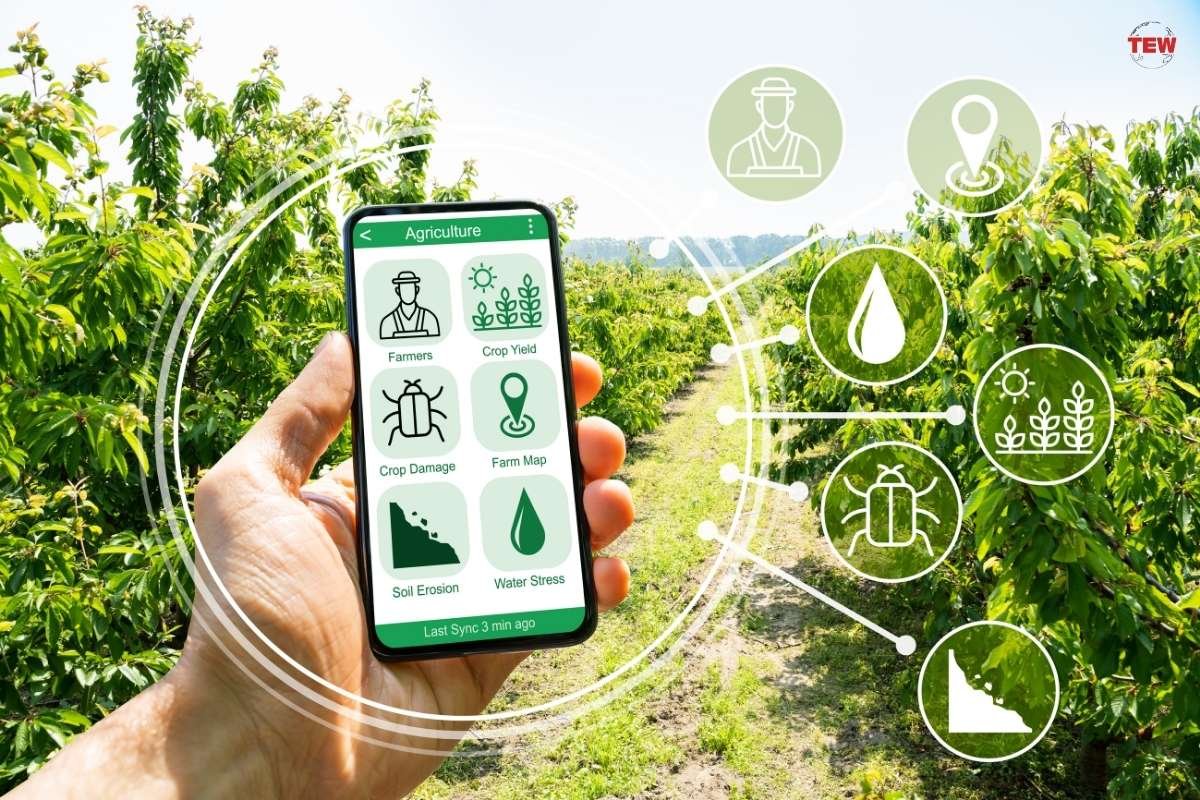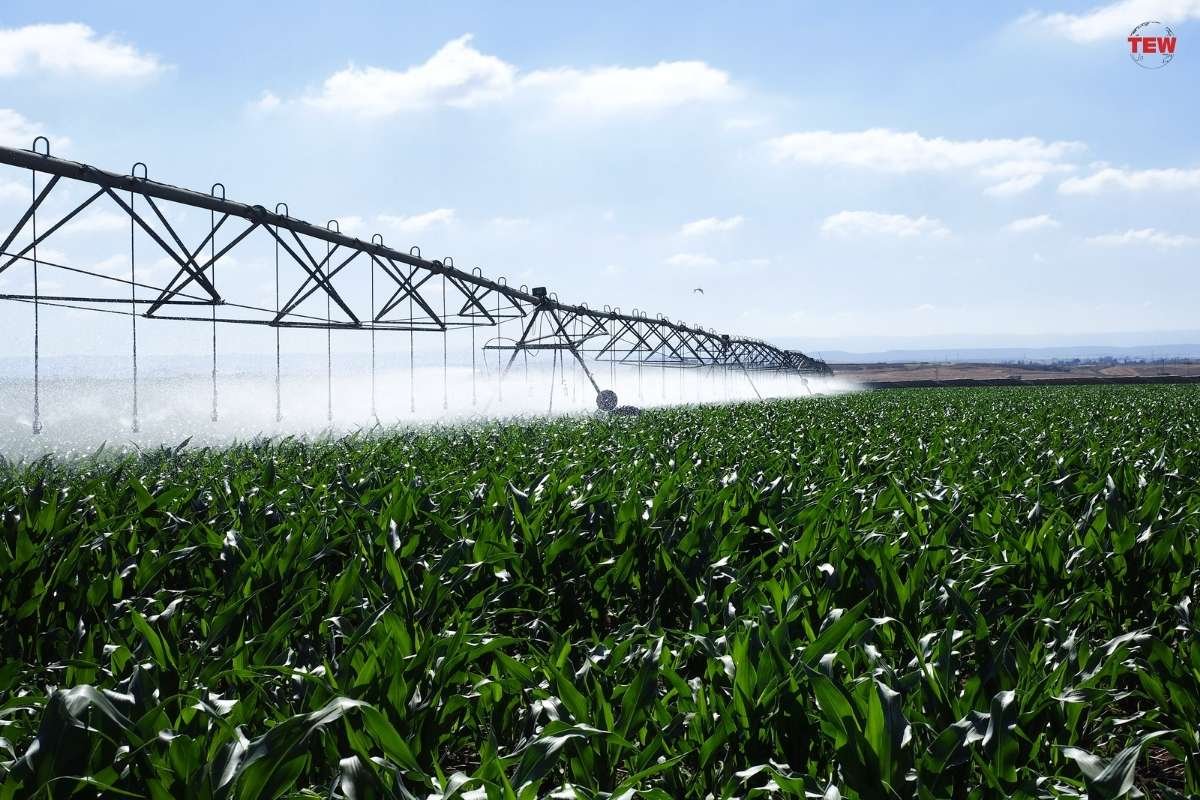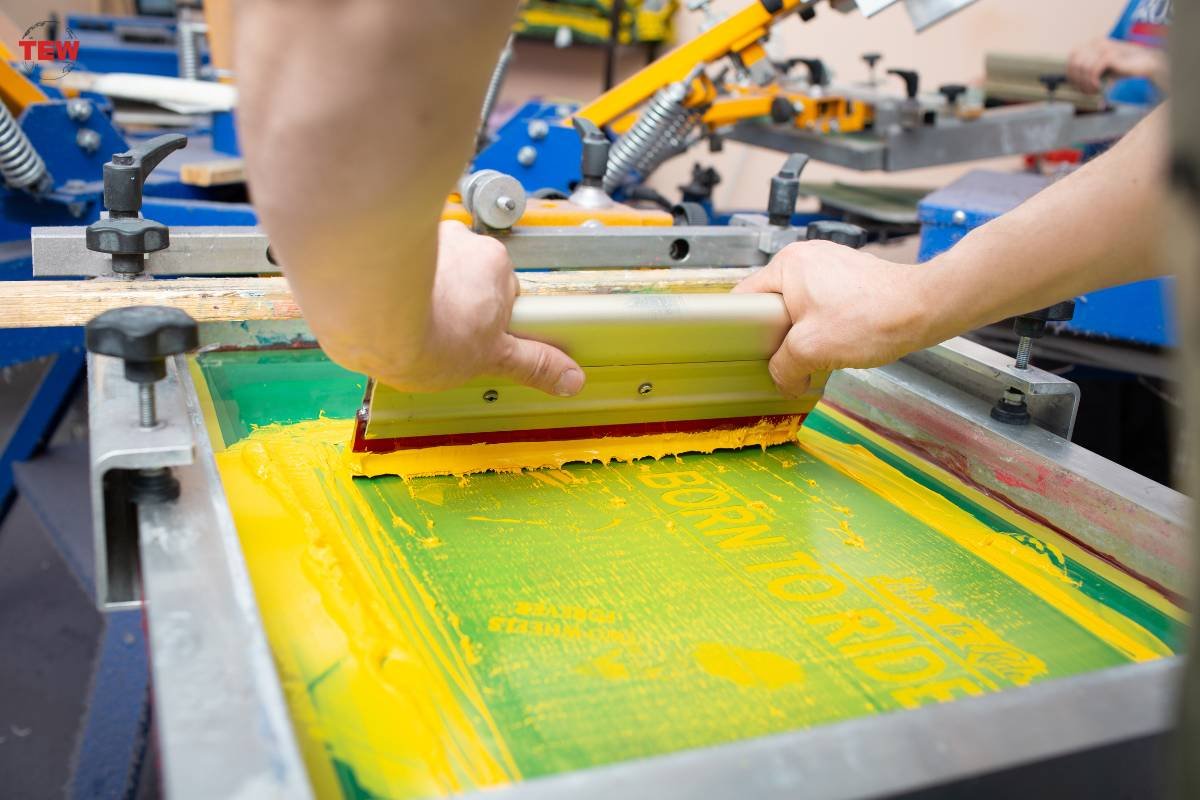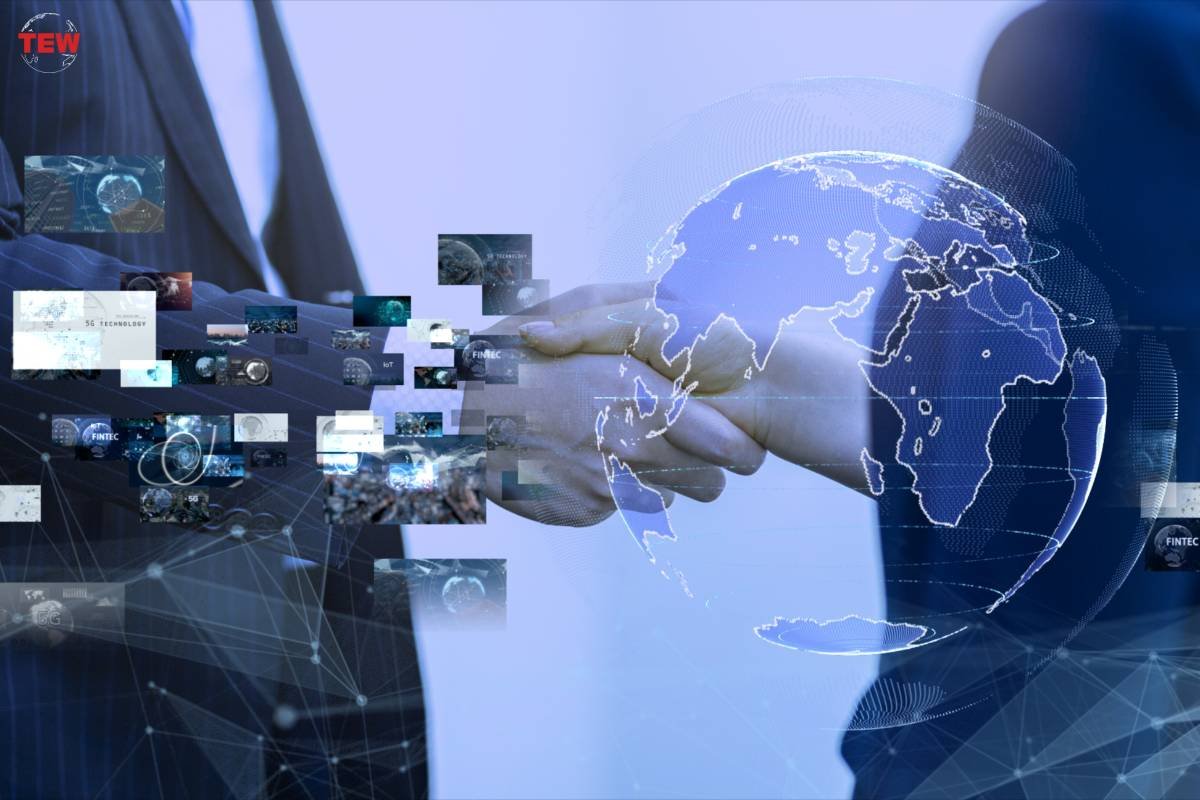Smart irrigation technology is proving to be an important solution in the face of challenges from climate change. It can optimize water usage, reduce waste, and improve crop quality.
It also improves efficiency in agriculture.
For example, the smart irrigation technology by Lumo can automate up to 90% of your current irrigation labor. Growers can use their technology to control, measure, and monitor their irrigations from everyday devices like laptops and smartphones. And by delivering the exact amount of water required by a zone, growers can preserve their water, time, and money.
Why We Need Smart Irrigation Technology?
It’s no secret that climate change is negatively impacting precipitation patterns, resulting in water scarcity. In addition, traditional irrigation methods can be inefficient, exacerbating the water crisis.
This is where smart irrigation technology enters the picture. It offers a sustainable and efficient alternative by providing real-time data on soil moisture levels, weather conditions, and plant water needs. When growers precisely deliver water where and when it is needed, they can grow higher quality crops and conserve water.
How Does Smart Irrigation Technology Work?
Smart irrigation technology may use some or all the following components to help growers:
1. Sensors

At the heart of smart irrigation technology are usually sensors that monitor parameters like soil moisture, temperature, humidity, and solar radiation. The sensors collect data and transmit it wirelessly to a central hub, typically connected to the internet.
2. IoT Connectivity
In a nutshell, Internet of Things (IoT) connectivity allows smart devices to communicate. Through IoT connectivity, data is analyzed and processed, providing real-time insights into the irrigation needs of crops.
3. Remote Solutions

Remote solutions, such as smartphone apps or web-based platforms, provide users with real-time access to the data collected by the sensors in their smart irrigation systems. Users can conveniently monitor and control the irrigation process, adjusting settings and schedules as needed.
4. Automation Solutions
By utilizing real-time data from sensors and weather forecasts, smart irrigation systems can automatically adjust watering schedules and duration. For example, if the soil moisture levels are high, the system will delay or skip irrigation to prevent overwatering. Similarly, if the weather forecast predicts rain, the system can automatically adjust the irrigation schedule accordingly.
5. Advanced Algorithms

Artificial intelligence (AI) and machine learning (ML) algorithms are transforming the capabilities of smart irrigation technology. By analyzing information from sensors, AI algorithms can learn and predict the water needs of plants with remarkable accuracy. Likewise, ML models can continuously adapt and improve based on feedback from the environment.
6. Big Data
The sensors in smart irrigation systems generate vast amounts of data. Examples of data can include readings on soil moisture, temperature, and other environmental parameters. Growers can analyze this data to gain critical insights into water needs and much more.
Benefits in Agriculture
Smart irrigation technology is proving to be essential in vineyard management. By leveraging these tools, vineyard managers can monitor soil moisture levels and water stress in real time and apply water precisely when and where it is needed.
California, known for its agriculture, is an example of a state that’s benefiting from smart irrigation technology. With its Mediterranean climate and limited water resources, the state faces significant challenges in irrigation practices. However, smart irrigation technology has emerged as an essential tool in optimizing water usage and promoting sustainable agriculture.
From vineyard management to large-scale agriculture, smart irrigation technology is transforming the way we manage our resources and grow our food. Expect more innovations in irrigation technology as the effects of climate change grow.




